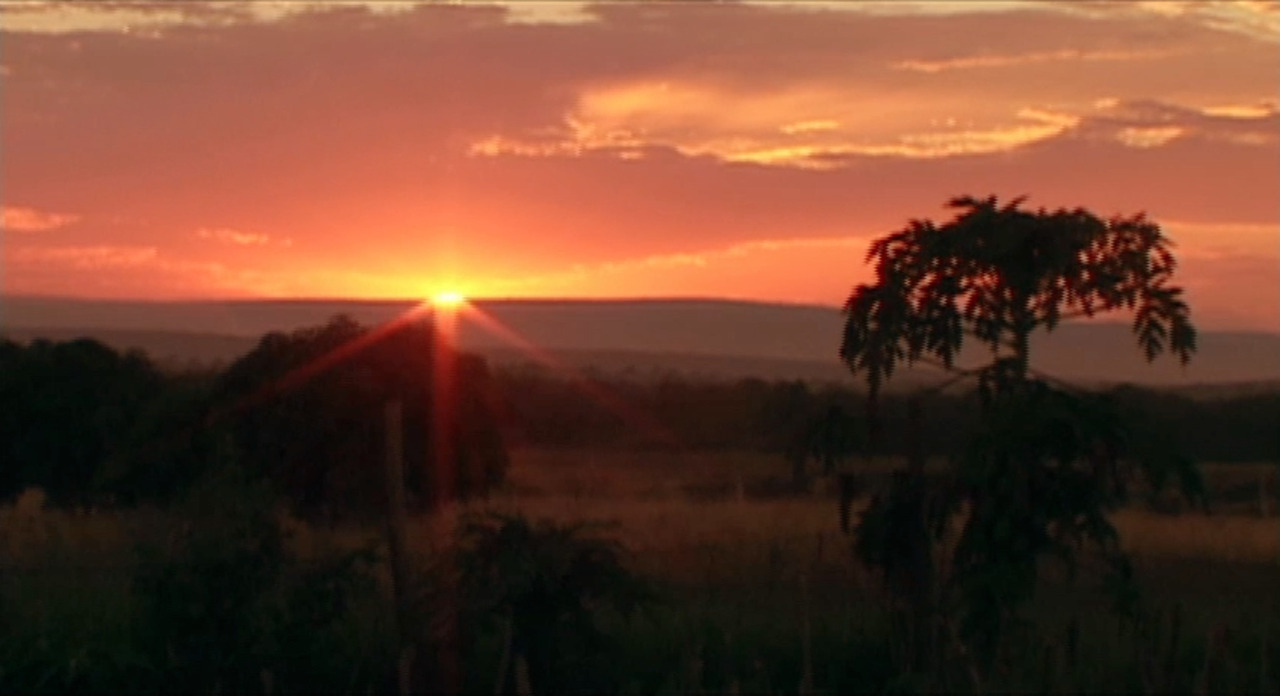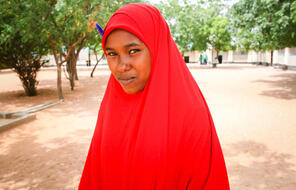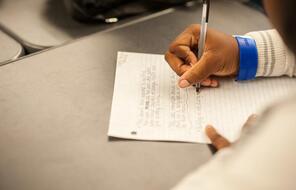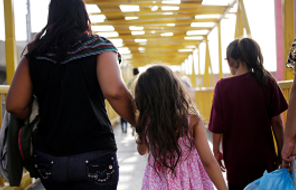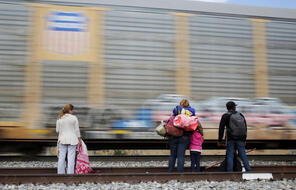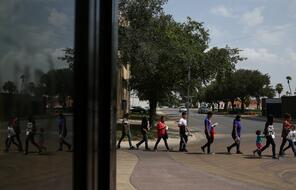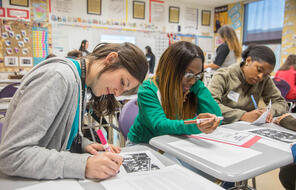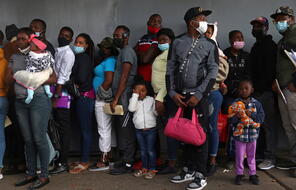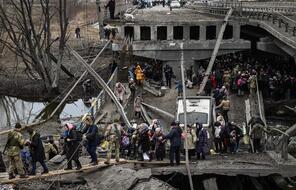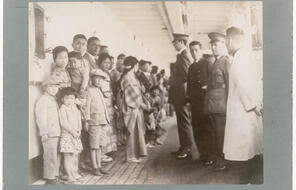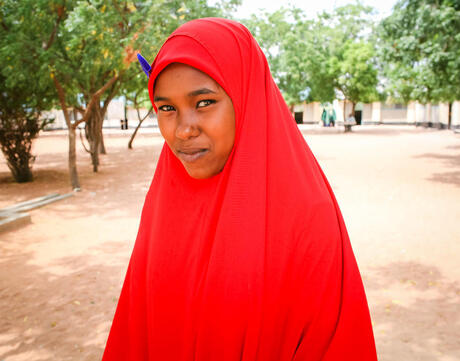
Brave Girl Rising: A Refugee Story
At a Glance
Language
English — USSubject
- English & Language Arts
- Social Studies
Grade
6–12- Global Migration & Immigration
Overview
About This Mini-Lesson
Global migration is one of today’s defining issues. A “current event” that sometimes appears in headlines, migration is also an ongoing phenomenon that is inextricably linked to other news of the day, including war, natural disasters, and climate change. According to the UN’s World Migration Report, there are more than 244 million migrants around the world. More than 68 million of them were forcibly displaced from their homes.
Nasro is one among those millions. A Somali-born girl living in the world’s largest refugee camp in Kenya, Nasro is the subject of the extraordinary new film Brave Girl Rising. Produced by the creators of the 2013 film Girl Rising and released to mark International Women’s Day, this 17-minute film shares Nasro’s story as told by the Somali poet Warsan Shire.
This mini-lesson invite students to engage with Nasro’s story and examine the challenges she faces and the strength she discovers. It also explores how an individual’s story, told with rich imagery and language, can spark empathy and ethical reflection on an issue whose vast scale can be difficult to grasp.
Activities
Activities
Materials and Downloads
Quick Downloads
Download the Files
Get Files Via Google
Resources from Other Organizations
Special Thanks
This mini-lesson was created in partnership with Girl Rising, a non-profit organization that uses stories to change the way the world values girls. For more resources on teaching Brave Girl Rising, including fact sheets, viewing guides, and project based lessons, please explore Girl Rising’s robust curriculum.

Teach Facing History
Not in the United States?
Find resources for Canada and the United Kingdom
Learn more about our other International Partners
Unlimited Access to Learning. More Added Every Month.
Facing History & Ourselves is designed for educators who want to help students explore identity, think critically, grow emotionally, act ethically, and participate in civic life. It’s hard work, so we’ve developed some go-to professional learning opportunities to help you along the way.
Exploring ELA Text Selection with Julia Torres
On-Demand

Working for Justice, Equity and Civic Agency in Our Schools: A Conversation with Clint Smith
On-Demand

Centering Student Voices to Build Community and Agency
On-Demand


